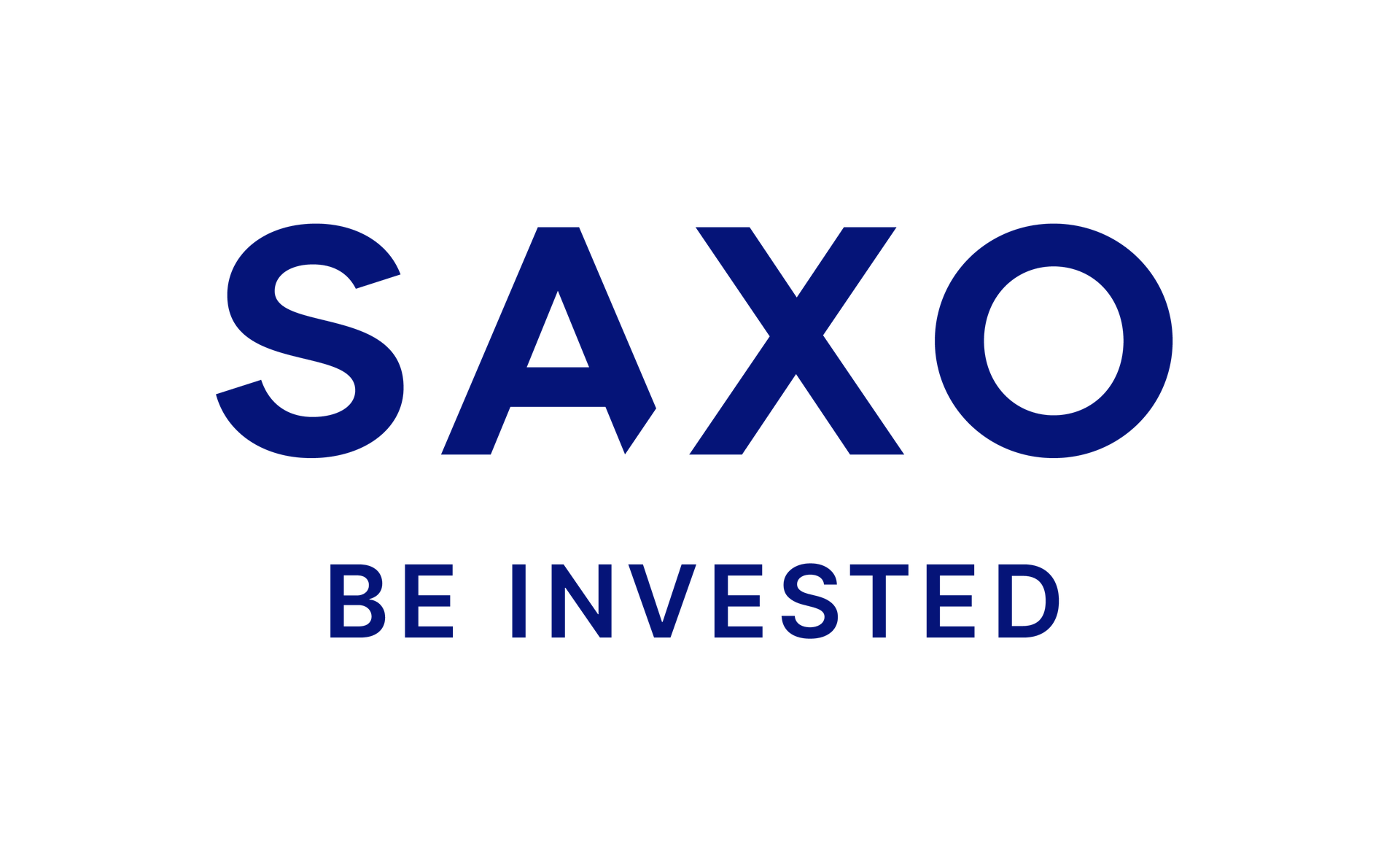Decision time for Keystone Positive Change investors is looming: will they embrace the Baillie Gifford shake-up, or take the hit and cash out at a discount now?
Keystone Positive Change investment trust is set to merge with Baillie Gifford Positive Change fund, should investors back resolutions at general meetings on 27 January and 7 February next year.
The portfolios are very similar, with near-identical exposure, but the Positive Change fund is an open-ended fund that is not listed on the stock exchange – and investors will be stuck with a small holding in the trust’s portfolio of unlisted companies.
Complicating matters further is that Keystone is one of seven investment trusts targeted by activist Saba Capital for a shake-up.
The trust’s board fought back yesterday, with Keystone chair Karen Brade saying she was ‘appalled’ by Saba’s ‘actions and conduct’.
She added: ‘We believe its proposed resolutions would be highly detrimental to the interests of all other shareholders.

Keystone Positive Change investment trust invests in companies it considers help to improve the world – including language app Duolingo
What’s happening with Keystone Positive Change?
Keystone, which invests in a portfolio of companies that make a positive social or environmental impact, has struggled to grow assets after a tough run for ESG investing.
Its shares have remained illiquid and traded at a discount to net asset value for the vast majority of the last few years.
The discount has narrowed significantly from around 16 per cent at the start of last year to 5.6 per cent now, according to AIC data.
Should the resolutions pass, shareholders who do not want to invest in the open-ended Positive Change fund can sell their stakes at a 1 per cent discount to net asset value. That means that in theory they would be up compared to where they are now.
Investors will not be able to deal in shares after 27 January, or trade in the OEIC until 10 February. For those who prefer to exit, the cash will not pay out until 17 February but there is no exit fee on the OEIC.
But the issue is complicated by Keystone’s unlisted assets.
The trust recently told investors it has four remaining unquoted investments, representing 2.6 per cent of net assets, that cannot be rolled into the open-ended fund post-merger.
This means investors will be left with a vehicle holding these companies, while the rest of their money shifts to the fund or is repaid, and must wait for them to be sold.
Keystone’s remaining holdings include now-bankrupt battery maker Northvolt, which the trust’s board was recently forced to write-down, as well as biotech firm Spiber, quantum computing specialist PsiQuantum and carbon-removal group Climeworks.
The trust said on 6 December: ‘Any net proceeds from the disposal of the illiquid investments during the liquidation period would be returned to ordinary shareholders in due course.
‘However, there can be no guarantee as to the value, if any, and/or timing of distribution(s) that may result from the realisation of the company’s remaining illiquid Investments.
‘Both of these factors will depend on, among other things, prevailing market conditions.’
Baillie Gifford will waive all management fees until 7 February as it attempts to recover value from the private assets.
Should investors sell-up or choose the fund?
James Carthew, head of investment companies at QuotedData, said: ‘We are unsure why the 1 per cent exit fee is being imposed on shareholders who would rather take cash than roll into the open-ended fund and would have preferred that the board did not go down this route.
‘I don’t think this is a fair way of approaching this, I really think that cash exit should be at net asset value.’
Instead, Carthew suggests investors looking to cash out should consider switching into the open-ended fund and ‘then immediately redeem your units’. This means they will walk away with slightly more than taking the cash.
Whether they ultimately gain more than if they sell out now at a deeper discount depends on market moves over the next couple of weeks.
If Keystone’s holdings gain ground investors will miss out by selling now and face a deeper discount but if they slip up, they may get more now.
Carthew explains how it works for those switching to the fund: ‘You should get NAV less the estimated cost of liquidating the portfolio to hand back your cash, which is about NAV -0.15 per cent we think.
‘I am not a shareholder but if I were, the pedant in me would redeem units rather than tick the cash box, even with the hassle of extra paperwork involved. However, that does leave you open to market moves for a little longer.’


Keystone Positive Change’s performance in recent years (Source: AIC to 3 Jan 2025)
How will a potentially drawn-out sale of private assets affect investors?
Thomas McMahon, head of investment companies research at Kepler Partners, said: ‘The basic way the deal works is that the private investments have to be sold, and that will take time, so whether you invest in the OE fund or take cash, you have to wait for that to happen to get anything from those.
‘The discount has moved to 5.5 per cent at the moment. The unlisted allocation is around 2.6 per cent, and there will be costs to the deal of around 0.5 per cent. The cash pool will have 1 per cent deducted from NAV.
‘So there isn’t much of a value angle really, you just have to decide if you want around 95 per cent of your money in cash or slightly more in units in the OE fund.’
Should you back new management – or opt for something new?
Investors switching from the trust to the fund will be backing the same strategy.
According to Baillie Gifford’s most recent figures, the Positive Change fund returned 14.4 per cent over the 12 months to the end of November. It was down 4.7 per cent over three years, but up 13.4 per cent over five.
It targets the performance of the MSCI AC World Index, in sterling, plus at least 2 per cent per annum over rolling five-year periods. The benchmark has soared 28.7 per cent over the last year, while adding 11.9 and 14.5 per cent over three and five years, respectively.
McMahon said: ‘The strategy has done poorly in recent years, but you have to consider what you think it will do in future and whether you think there are better options.
‘The positive change approach is distinctive and could appeal to a lot of people.
‘On the other hand, if you want global equity exposure with a growth strategy, you can get Scottish Mortgage on a 13 per cent discount, or taking a very different, value approach AVI Global on an 8 per cent discount.
‘So you could take the cash and rotate into a “cheaper” investment trust hoping to realise gains from that discount in future.’

BG Positive Change’s top 10 holdings range from chip firms to language app Duolingo

BG Positive Change invests more than a quarter of its portfolio in tech stocks
How does Saba intervention change the picture?
On 18 December, activist investor Saba Capital targeted Keystone and six other trusts in an attempted overhaul of board and management.
Saba wants shareholders to be granted a vote on dismissing the trust’s board and replacing members with ‘new, highly qualified candidates’ – including the hedge fund’s own executives.
The refreshed boards would then work to appoint Saba as the trusts’ investment manager.
Keystone has argued against this, with Keystone chair Karen Brade defending its plan. She said: ‘Be under no illusion – we believe this US hedge fund manager is acting opportunistically, seeking to seize control of the board without a controlling shareholding, to pursue its own agenda.’
Kepler’s McMahon said Saba’s intervention has ‘changed the picture somewhat’.
He added: They want shareholders to vote for a new board and seem to also then be offering a cash exit or a rollover into a Saba-managed portfolio of trusts or ex-trusts.
‘How the timetable would work given that the current proposals are slated for a shareholder vote on 27 January remains unclear at this time.’
DIY INVESTING PLATFORMS

AJ Bell

AJ Bell
Easy investing and ready-made portfolios

Hargreaves Lansdown

Hargreaves Lansdown
Free fund dealing and investment ideas

interactive investor

interactive investor
Flat-fee investing from £4.99 per month

Saxo

Saxo
Get £200 back in trading fees
Trading 212
Trading 212
Free dealing and no account fee
Affiliate links: If you take out a product This is Money may earn a commission. These deals are chosen by our editorial team, as we think they are worth highlighting. This does not affect our editorial independence.
Some links in this article may be affiliate links. If you click on them we may earn a small commission. That helps us fund This Is Money, and keep it free to use. We do not write articles to promote products. We do not allow any commercial relationship to affect our editorial independence.
This article was originally published by a www.dailymail.co.uk . Read the Original article here. .


